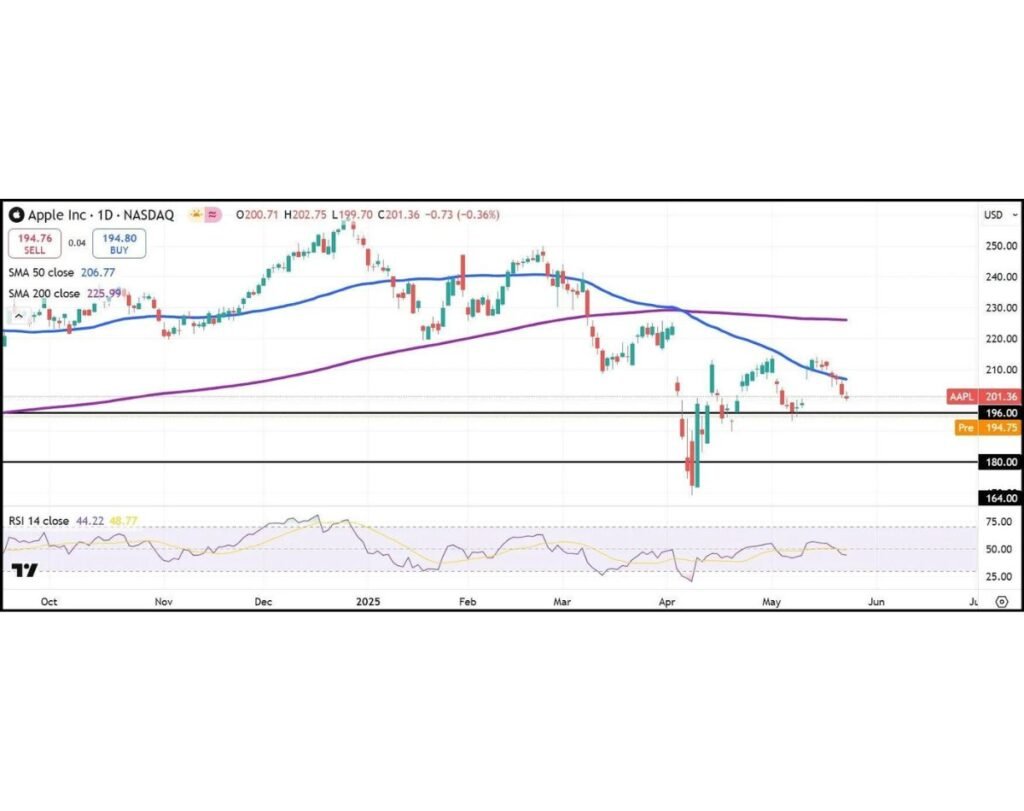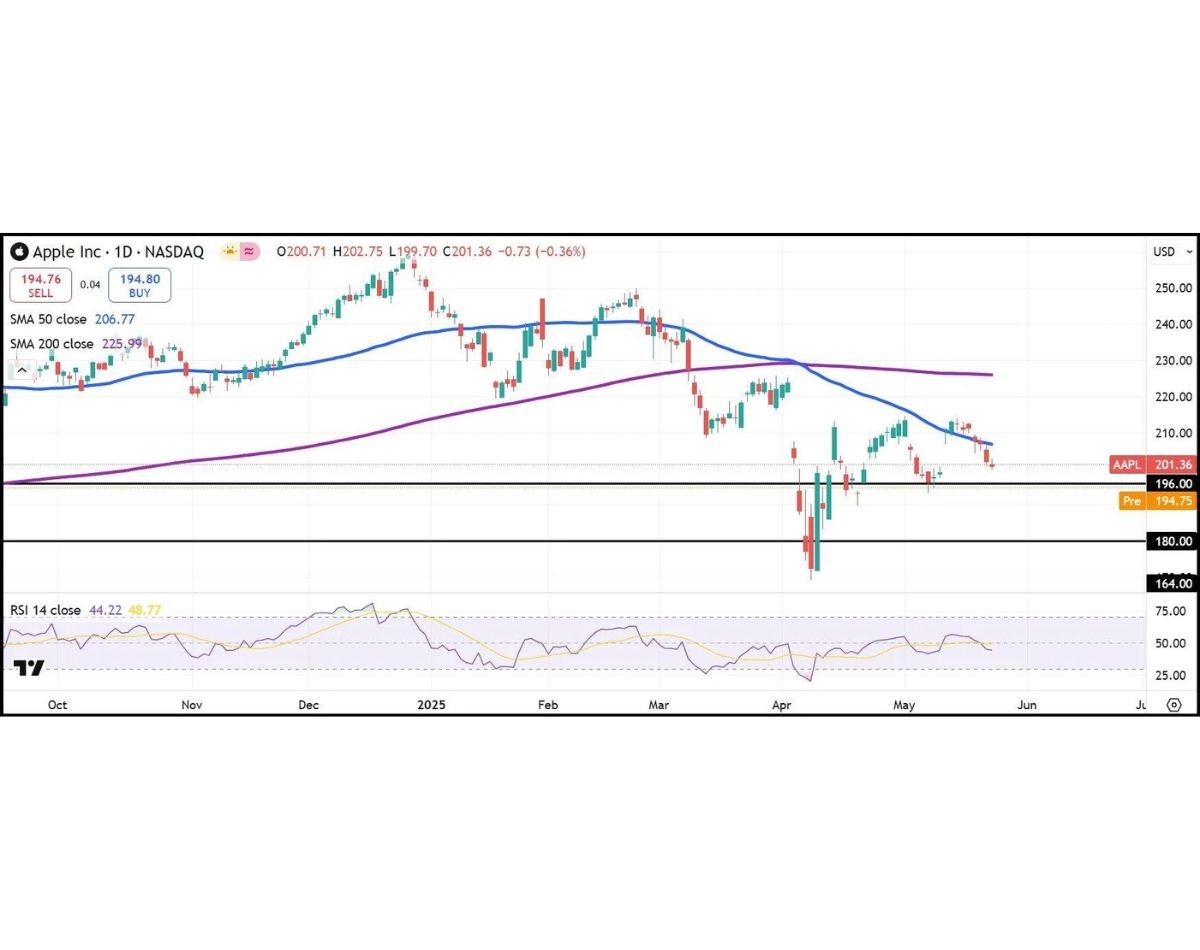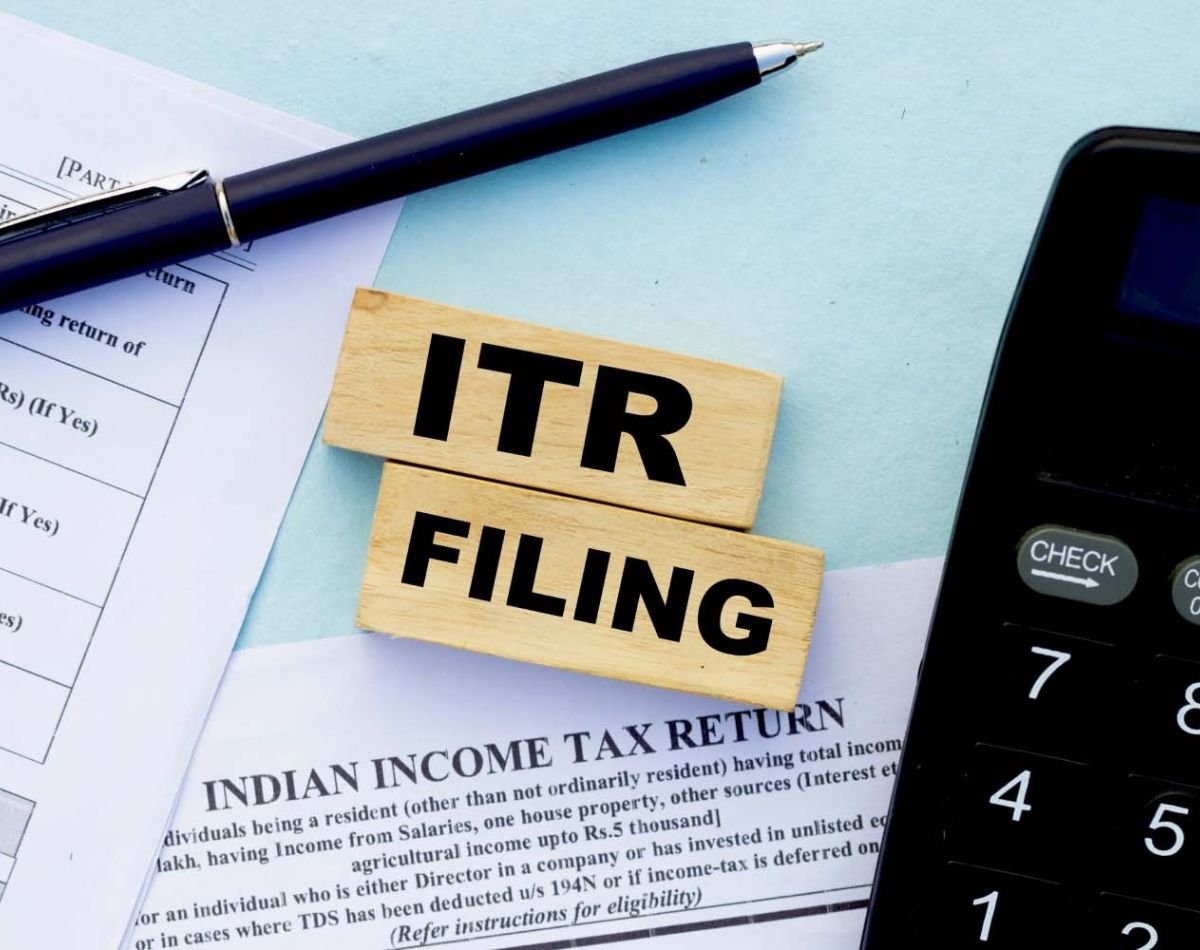Trump’s Tariff Threats Shake Global Markets, Apple Stock Takes a Hit
Stock markets worldwide plunged on Friday after U.S. President Donald Trump announced plans to impose 50% tariffs on European Union imports and 25% tariffs on Apple products manufactured outside the United States. The announcement, made via Truth Social, sent shockwaves through financial markets, with Apple’s stock dropping 2.6% and major indices like the S&P 500, Dow Jones, and Nasdaq Composite experiencing significant losses.
Trump’s latest tariff proposal escalates ongoing trade tensions between the United States and the European Union, which he claims have been “very difficult to deal with” in negotiations. The tariffs, set to take effect on June 1, 2025, would apply to all EU imports unless they are manufactured within the U.S..

The European Commission has yet to issue an official response, but analysts warn that such aggressive trade policies could trigger retaliatory measures from the EU, further destabilizing global trade.
Apple, one of the world’s most valuable companies, is particularly affected by Trump’s decision. The president has long pressured Apple CEO Tim Cook to shift iPhone production to the U.S., arguing that manufacturing in India and China undermines American jobs. Experts estimate that if Apple were forced to manufacture iPhones domestically, prices could surge from $1,200 to as high as $3,500.
Financial analysts have expressed concerns over the potential economic fallout. Susannah Streeter, an analyst at Hargreaves Lansdown, stated, “Investors are mulling the repercussions of this latest tariff twist, and realization is dawning that the trade war is still very much alive”.
German economist Marcel Fratscher criticized the EU’s approach, saying, “The strategy of the EU Commission and Germany in the trade conflict with Trump is a total failure”.
Trump’s trade policies have been a cornerstone of his economic agenda, aimed at reducing the U.S. trade deficit and boosting domestic manufacturing. His administration previously imposed 20% tariffs on EU imports, later reducing them to 10% to allow for negotiations. However, with talks failing, Trump has now opted for a straight 50% tariff, marking one of the most aggressive trade moves in recent history.
Conclusion
With the June 1 deadline approaching, markets remain on edge as investors brace for potential retaliatory tariffs from the European Union. Apple faces mounting pressure to adjust its supply chain, while global trade relations hang in the balance. The coming weeks will be crucial in determining whether negotiations resume or if the world is headed for a full-scale trade war.
Share this content:




Post Comment